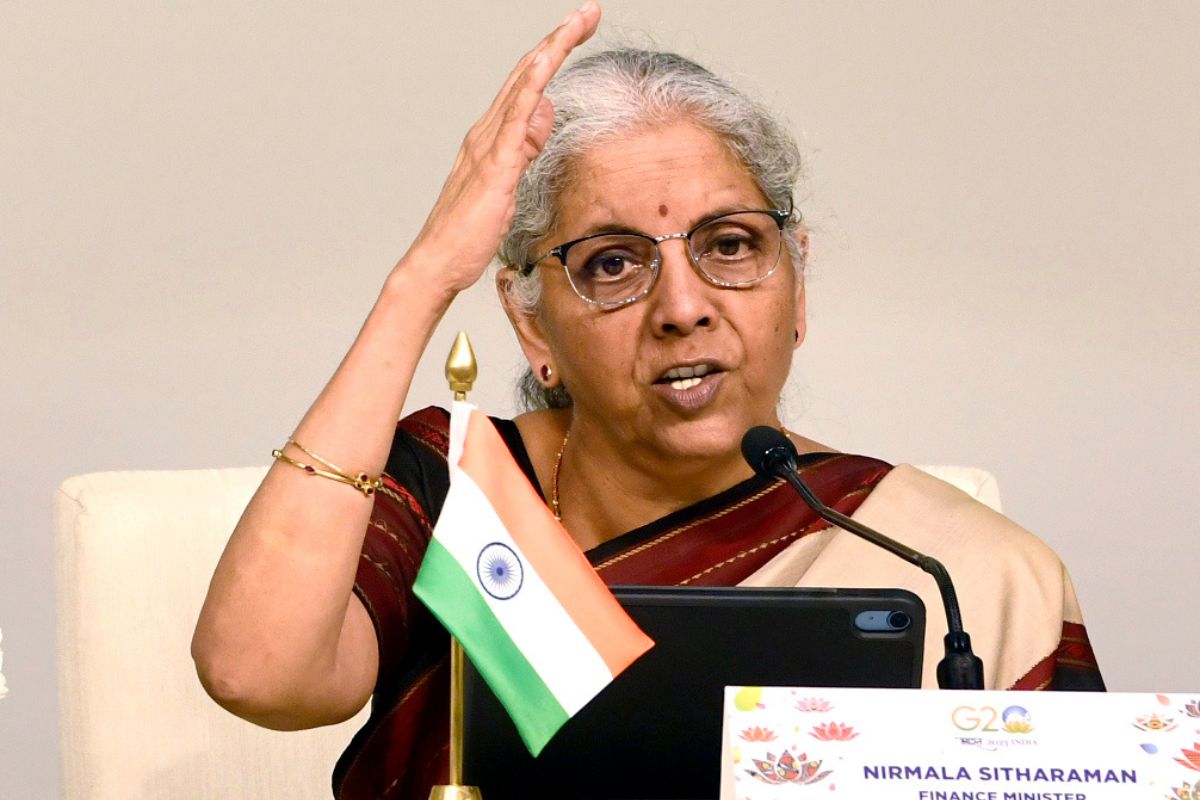Recent reports that the Centre is moving to extend and enhance subsidies for low-cost housing loans stands as a crucial thread. With Finance Minister Nirmala Sitharaman set to present an interim budget on February 1, the focus on Prime Minister Narendra Modi’s flagship national housing scheme takes centre stage. This initiative, launched in 2015 with the ambitious goal of “Housing for All,” has become a pivotal component in addressing India’s chronic housing shortage. The statistics paint a stark picture ~ a shortage of over 20 million houses in rural areas and an estimated urban housing deficit exceeding 1.5 million. Against this backdrop, the government’s plan to increase allocations for low-cost housing by more than 15 per cent to Rs 1 lakh crore for 2024/25 appears as a strategic move to bridge the gap.
In a country of over 1.4 billion people, the significance of such measures transcends mere policy. It becomes a commitment to the very essence of inclusive development. As national elections loom, this announcement takes on added weight. The Prime Minister, who will face voters before the end of May, emphasises that his government has constructed concrete houses for around 40 million impoverished households since 2014. However, the opposition contends that the original deadline of 2022 to meet housing targets was missed, leaving millions awaiting benefits. The extension of the national housing scheme, possibly for another threeto-five years beyond its initial endpoint in December 2024, underscores the challenges in meeting these targets and the complexity of navigating India’s diverse housing needs.
Advertisement
The rationale behind this push is grounded in the evolving dynamics of housing demands and costs. Officials cite the rise in the cost of land and building materials, making it imperative to reassess and recalibrate financial support. The interest-cost subsidy, ranging from Rs 100,000 to Rs 2,67,000, provided to households obtaining bank loans for housing construction, coupled with state government subsidies, has been a lifeline for many. Now, officials are advocating an increase in financial assistance to approximately Rs 200,000 for each house in rural areas and an interest subsidy on home loans of up to Rs 50 lakh in urban areas.
The proposal to send an increased financial assistance plan to the Union Cabinet reflects a nuanced understanding of the diverse challenges faced by both rural and urban populations. Hardeep Singh Puri, India’s Housing and Urban Affairs minister, hints at the need for tailored solutions by mentioning interest subsidies for urban affordable housing. This recognition of the unique challenges posed by urbanisation and rural development signifies a departure from one-size-fits-all approaches and an acknowledgment of the complexities embedded in India’s housing conundrum.
The upcoming budget announcement is not merely about











